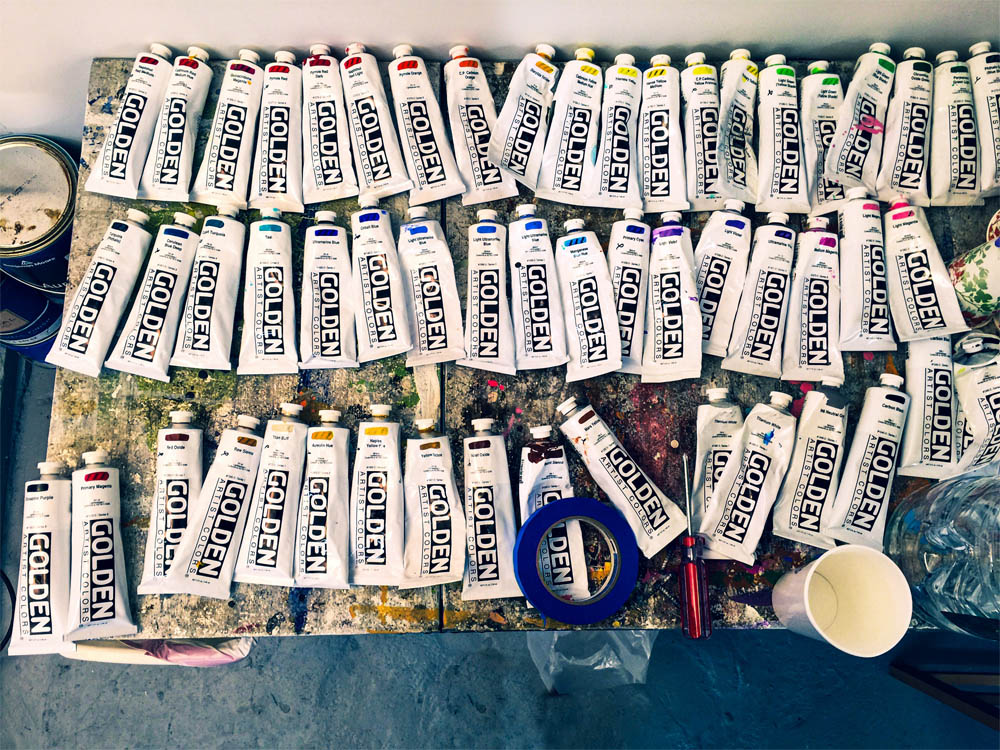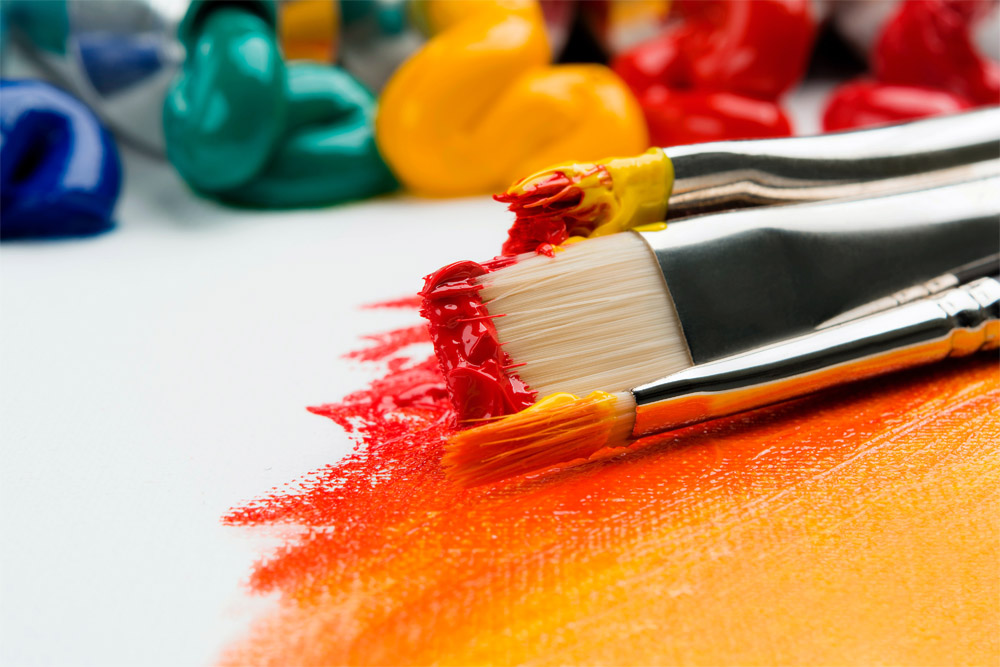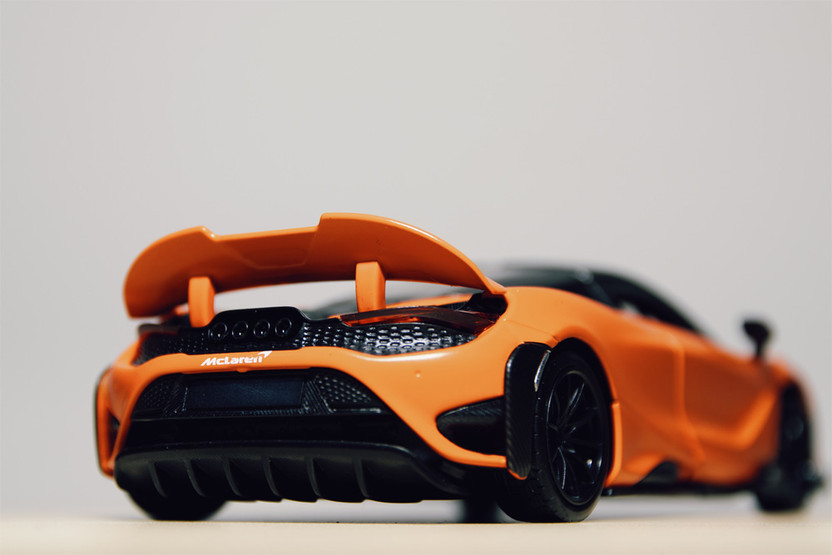How to Paint Plastic Models Like an Expert
Aug 29, 2023
Plastic models offer a world of customization and fun. Some enjoy constructing models based on their favorite automobiles, airplanes, or buildings. Other people like assembling and painting models based on their favorite anime or manga characters.
Depending on the model type you buy, some of them can require painting. Whether this is your first time painting plastic models or you need a refresher, we have you covered. In this post, you’ll learn the main steps to paint any plastic model professionally.
With a lot to cover, let’s not waste any time and get right into it!
Cleaning Your Models or Parts
If you’re new to painting plastic models, it might sound strange to dip them in soap and water before painting them. This step is crucial because models and model parts accumulate dust, grease, and oil. Painting over unwashed plastic can mess up your paint job, leaving behind smudges and trapping particles under coats of paint.
Whether you choose to dip your original molds in or place a few pieces at a time in soapy water, clean plastic is a key component of a great finished product. Also, ensure your hands are clean and free from dirt and oils before touching or otherwise handling any pieces of your models.
Choosing the Right Paint

With your model parts cleaned and ready, you can now prepare your paint. Usually, this step only requires a little mixing. That said, some people enjoy the paint-mixing process more than others. When we say paint mixing, we don’t necessarily mean mixing colors. Instead, paint mixing is necessary to mix the ingredients in paint containers that are likely somewhat separated.
We recommend not beating yourself up about mixing colors perfectly. This skill is one people typically acquire as they continue painting plastic models.
When your colors are ready to go, you can move on to the next step.
Getting Your Tools
It’s now time to gather your tools. In this case, these tools are what you paint with. Most people use a variety of model painting brushes. To help you avoid confusion, most companies use a numbered system for brush sizes.
Your 000, 00, and 0 brushes are small and designed for painting smaller areas of your plastic models. As the numbers get higher, brush sizes get larger. For example, you can paint larger model areas with a 9, 10, or 11 brush.
You can also use an airbrush kit to expertly paint your plastic models.
Priming Plastic Models
Unless the plastic model states explicitly not to use primer, we recommend priming your model parts or full models before painting them. But why is priming plastic models so important? That’s because primer helps your paint adhere to a model’s plastic surface. You can use a paintbrush to apply primer or use spray primer for a potentially more convenient option.
It’s Time to Paint Your Plastic Model

With the basics out of the way, you’re ready to start painting your plastic models. If you remember painting a room or something similar, you might recall that it’s sometimes best to apply paint in coats. Generally, the same rule applies to painting your models.
After applying your primer and giving it time to dry, begin applying your paint of choice in a single layer or coat. Before applying another coat of paint, you’ll need to give the first one time to dry or cure. How long paint takes to dry depends on the environment you’re painting in and what types of paint you use.
Some model paint can fully dry within about 30 minutes. Other paints can take several hours to dry. Lastly, certain enamel-based paints can take a few days to prepare for another coat.
Do you need a new model kit to paint? Don’t miss the incredible selection of plastic models at Plaza Japan. We carry all the big names from the most well-known Japanese model companies. While browsing our authentic Japanese merchandise selection, don’t miss our other popular products, including jigsaw puzzles, figures, and much more.
 JPY
JPY  Euros
Euros
 British Pounds
British Pounds
 Australia Dollars
Australia Dollars
 US Dollars
US Dollars
 Canada Dollars
Canada Dollars
 Chinese Yuan
Chinese Yuan
 Singapore Dollar
Singapore Dollar
 Hong Kong Dollar
Hong Kong Dollar


